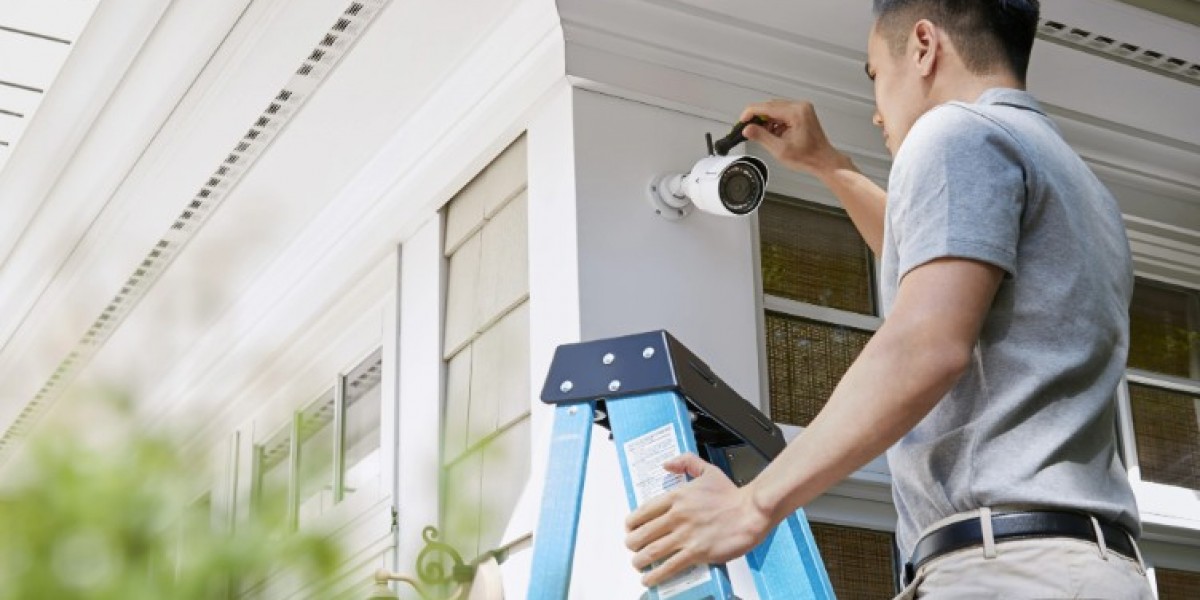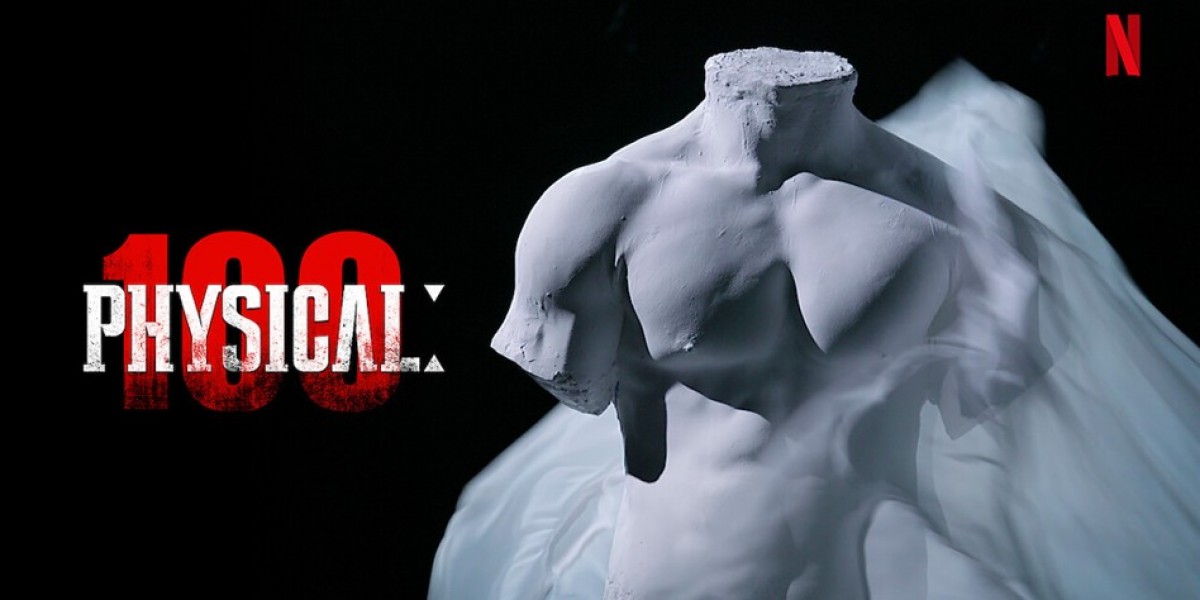When it comes to maintaining the safety of your home or business, technology plays a significant role. One of the most effective tools in modern security systems is surveillance cameras. However, even the most advanced equipment can fail to deliver optimal results if not installed correctly. Proper placement ensures maximum visibility, deterrence, and evidence collection. That’s why professional Security Camera Installation in Edison has become essential for homeowners and businesses aiming to enhance security coverage. Understanding how strategic camera placement affects performance can help you create a system that effectively safeguards your property.
Understanding the Importance of Proper Camera Placement
A security camera system is only as good as its positioning. The correct placement helps eliminate blind spots, enhances monitoring efficiency, and provides clear footage in case of incidents. Poorly positioned cameras, on the other hand, can leave vulnerable areas exposed and compromise the purpose of your surveillance system.
The key is not just to install cameras but to ensure they are strategically located based on your property's layout, lighting, and risk zones. Each angle, height, and direction matters when it comes to capturing valuable footage and deterring potential intruders.
Key Areas to Focus On for Maximum Security
Proper camera placement begins with identifying critical areas that require surveillance. Every property has unique features, but some zones are universally important for monitoring.
Entry and Exit Points
Front doors, back doors, and garage entrances are the most common access points for intruders. Placing cameras at these locations ensures that you have a clear view of everyone entering or leaving your property. Ideally, cameras should be positioned high enough to prevent tampering but angled to capture faces rather than just the tops of heads.
Driveways and Parking Lots
For commercial properties and residential complexes, driveways and parking areas are key surveillance zones. Monitoring these spaces helps detect suspicious behavior and provides evidence in case of theft or vandalism. Motion-activated cameras with wide-angle lenses are ideal for these locations.
Hallways and Staircases
Inside buildings, cameras placed in hallways and staircases allow you to track movement between rooms or floors. These areas often serve as pathways for intruders, making them vital for maintaining complete coverage.
Perimeter and Fences
Outdoor surveillance is equally crucial. Cameras mounted along fences or property boundaries can alert you to potential threats before they reach the main building. Use weather-resistant cameras with night vision capabilities to ensure consistent monitoring regardless of environmental conditions.
Avoiding Common Placement Mistakes
While installing cameras may seem straightforward, many property owners make placement errors that can reduce the system’s effectiveness.
Mounting Cameras Too High or Too Low
A camera placed too high may provide an overview but fail to capture identifying details, such as faces or license plates. On the other hand, cameras installed too low are easy to tamper with. The ideal height for most cameras is between 8 and 10 feet, which balances security and visibility.
Ignoring Lighting Conditions
Lighting plays a major role in image clarity. Cameras aimed directly into bright light sources like windows or streetlights can produce glare and obscure footage. To prevent this, position cameras so that lighting falls behind or to the side of the lens. For night surveillance, infrared or low-light cameras are best.
Overlapping and Blind Spots
Each camera should complement the others in your system. Poor coordination can lead to overlapping coverage in some areas and blind spots in others. Planning the camera layout in advance ensures complete visibility without redundancy.
Indoor vs. Outdoor Placement Strategies
Indoor and outdoor environments demand different placement strategies due to varying lighting, movement, and exposure factors.
Indoor Cameras
Indoors, the goal is to monitor high-traffic and vulnerable areas without invading personal privacy. Corners near ceilings often provide the best coverage for wide spaces like living rooms or offices. Avoid areas such as bedrooms and bathrooms to maintain ethical and legal standards.
Outdoor Cameras
Outdoor cameras should focus on entrances, driveways, and open spaces. Since they face harsher conditions, they must be durable and weatherproof. The angle of installation is critical—pointing slightly downward reduces glare and ensures motion sensors detect movement effectively.
Enhancing Camera Effectiveness with Technology
Proper placement is important, but pairing it with the right technology enhances overall performance.
Motion Detection
Modern cameras equipped with motion sensors activate recording only when movement is detected. This feature conserves storage space and ensures you only review relevant footage.
Pan-Tilt-Zoom (PTZ) Cameras
PTZ cameras allow operators to adjust the camera’s field of view remotely. When installed in strategic positions, a single PTZ unit can cover multiple zones, reducing the need for additional cameras.
Smart Integration
Integration with smart home or business systems enhances functionality. You can receive real-time alerts, access footage remotely, and even trigger alarms automatically when unusual activity is detected.
Professional Installation vs. DIY
While do-it-yourself installation kits are widely available, professional installation ensures optimal placement and performance. Certified technicians conduct site assessments, identify security gaps, and position cameras with precision. In addition, professionals handle wiring, network configuration, and maintenance to ensure long-term reliability.
A poorly installed system might look fine but fail during critical moments, which can have serious consequences. Professional installation offers peace of mind knowing your system has been set up according to industry standards.
Maintaining Optimal Performance
Once your cameras are installed, regular maintenance is essential for long-term efficiency. Clean lenses periodically to remove dust or water stains that can distort images. Check connections, power supplies, and recording systems frequently. Also, review camera angles periodically, especially after renovations or landscaping changes, to ensure they still cover the intended areas.
Conclusion
Proper camera placement is the foundation of an effective surveillance system. From identifying key monitoring zones to ensuring balanced angles and lighting, every detail influences how well your security cameras perform. Investing in professional Security Camera Installation in Edison ensures that each device is strategically positioned to maximize coverage, eliminate blind spots, and provide reliable, high-quality footage. With thoughtful planning and expert setup, you can create a surveillance system that not only deters crime but also offers continuous protection and peace of mind for years to come.


